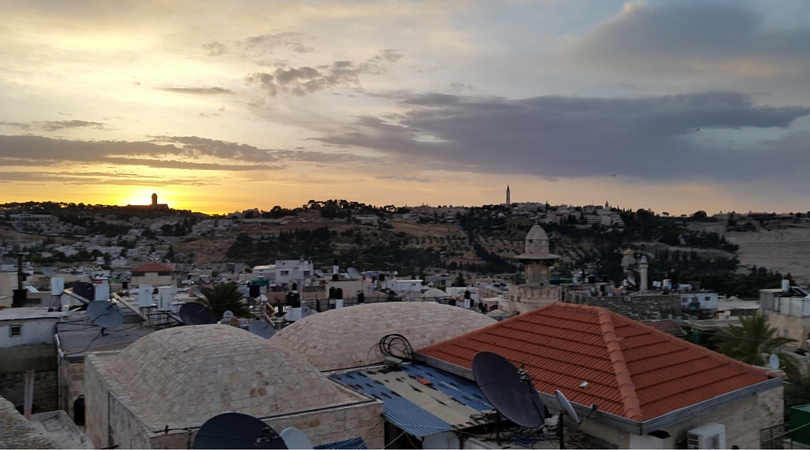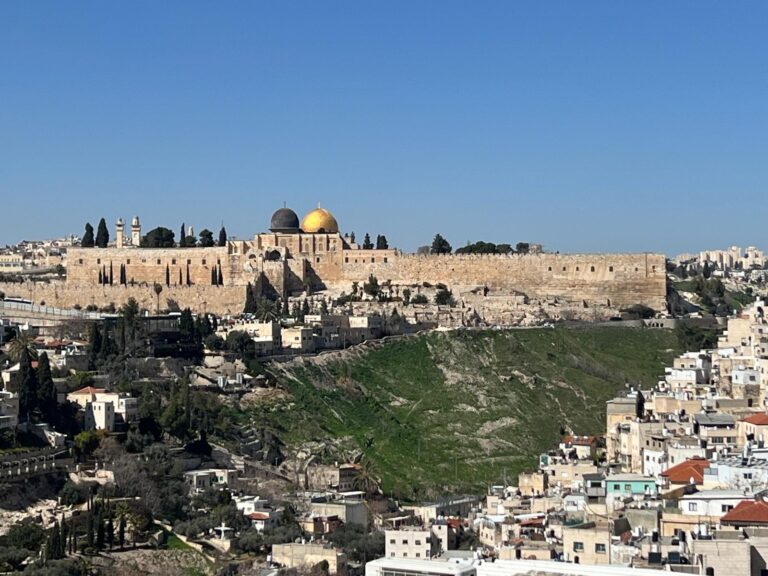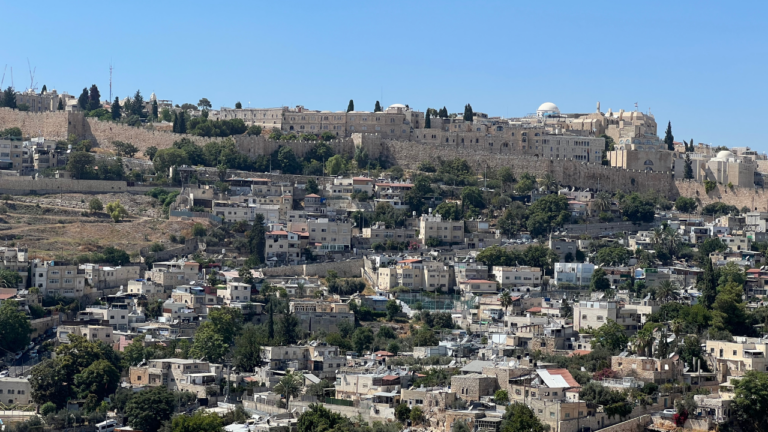The Capital of Human Torah
There are many ambiguities in the Torah’s description of the events leading up to the Giving of the Torah. One such mystery is the meaning of the following verse: “The sound of the shofar grew increasingly stronger; Moses would speak and God would answer him with a voice.” What would Moshe say? In what way would God respond?
The Netziv, has a unique approach to this verse. In his view, Moshe’s speech does not refer to anything written in the parsha but rather something that is fundamentally oral: the Oral Torah. In addition to teaching the people the Ten Commandments that he heard directly from God and were literally set in stone, Moshe also taught the Jewish people parts of the Oral Torah. This part of Torah has no set text and therefore could not emanate directly from God. Rather, Moshe was the initiator of these teachings and God responded by consenting to Moshe’s formulation.
Thus, according to the Netziv, at the very point of the Giving of the Torah, the verses emphasize that the Jewish people had a dual approach to the Torah. On the one hand there is the Written Torah, which is a fixed and set text that is given to us directly from God. Our job is to receive it, accept it and to try to understand it to the best of our ability. In this form of learning we are fundamentally passive as we try as much as possible to grasp the Dvar Hashem.
However, there is another element of Torah that is most manifest in the study of Torah SheBa’al Peh. This area of Torah is fundamentally more amorphous and fluid, and we must take an active posture in creating it. Here, the fixed text is replaced with endless debate, conversation, questions and answers. As long as one is employing a proper methodology, each Jew can add their own perspective, innovate their own idea. Afterwards, God “responds with a Voice” and puts his stamp of approval on the chiddush. This element of Torah represents our partnership with God to create Torah as opposed to our subservience to Him.
After the Giving of the Torah, the central location for this second form of Torah becomes Yerushalayim. It was there that the Sanhedrin – the primary pillars of the Oral Torah – sat, studied, judged and innovated. As Rambam describes, one of their main functions was to help further the project of the Oral Torah by finding new understandings of the Written Torah and creating laws based on these readings. And, as Ramban describes, they merited special Divine assistance that ensured that their findings would be in line with the contours of Torah and God approved of their conclusions.
This brazen ability for humans to innovate in God’s Torah must occur in its most pristine form in Yerushalayim. It is there that the human-divine relationship reaches its pinnacle. It is only in Yerushalayim that human beings can become true partners with God in the development of God’s most precious item – the Torah.



